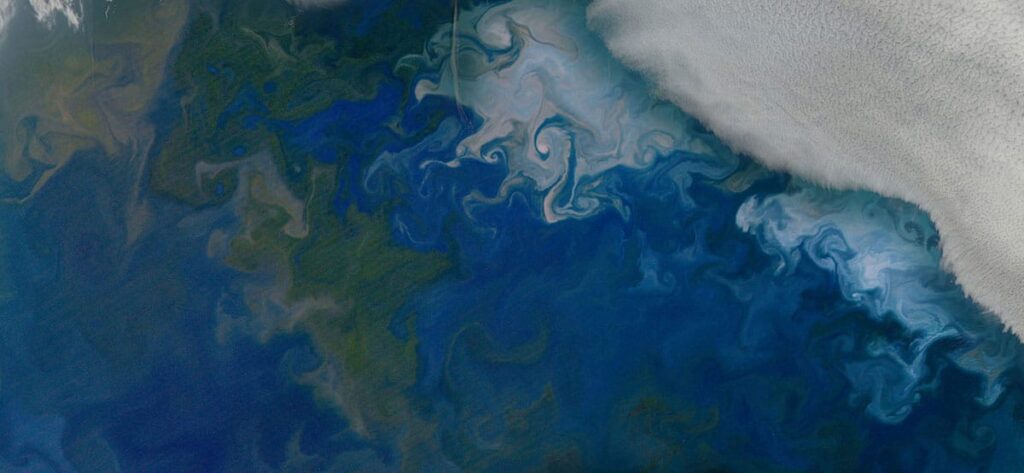New Study Shows Effect of Climate Change on Ocean Color
Posted
Last Updated
By ecomagazine.com.
Scientists from the National Oceanography Centre (NOC) have discovered changes in the color of more than half (56%) of the ocean as a result of changes in the plankton communities.
The new paper titled “Global climate change trends detected in indicators of ocean ecology” explains that plankton communities in around half of the world’s oceans have been affected by climate change over the past 20 years.
Plankton are tiny organisms that are carried by tides and currents and are often divided into phytoplankton which are small plants and zooplankton which are small animals.
The 20-year figure is significant as, prior to this study, the scientific consensus believed that 30 years of satellite data would be needed to detect a climate change trend in chlorophyll. However, for the first time, the paper shows that 20 years is enough time to detect a climate change related change in ocean color. Using NASA’s Moderate Resolution Imaging Spectroradiometer (MODIS) onboard the Aqua satellite, scientists analyzed measurements of ocean color. The satellite takes measurements in seven wavelengths including the blue to green ratio that researchers often use to estimate the amount of chlorophyll.
This drastically reduces the time required to gather this important information from satellites which is the only way to measure the entire ocean simultaneously. It also means that this monitoring can be conducted in the lifespan of a single satellite as they may not last the full 30 years. It is expected to spur additional research from multiple satellite missions to create more detailed records of data with a focus on long-term satellite missions rather than the short focus missions that make up the majority of the current research.
Read more at ecomagazine.com.

